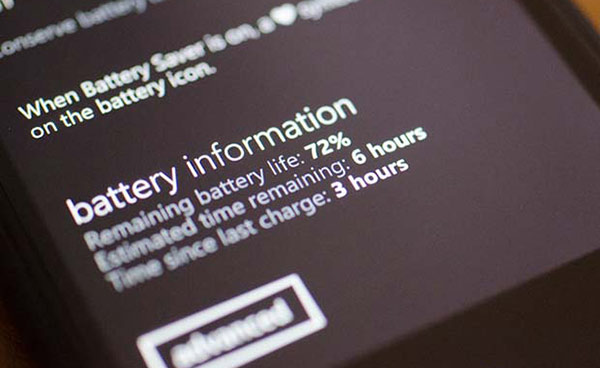Researchers at Stanford University have managed a feat that has eluded others for many years previously – the creation of a battery with a stable lithium anode. Current lithium batteries use this metal within the electrolyte solution contained inside the cells but not as the anode material, due to its instability and reactivity. The Stanford researchers have managed to achieve the construction of a practical working lithium anode by using a protective 20nm thick carbon "nanosphere layer", reports Phys.org.
So called lithium batteries would be boosted significantly if this pure metal could be used for the anode material. The leader of the Stanford research team, Yi Cui, a professor of Material Science and Engineering said "Of all the materials that one might use in an anode, lithium has the greatest potential. Some call it the Holy Grail." Cui explained that lithium "is very lightweight and it has the highest energy density. You get more power per volume and weight, leading to lighter, smaller batteries with more power."
Despite the possibilities, creating a stable lithium anode has been tried and given up upon by several previous research attempts. The challenge of making a lithium anode is largely due to the reactivity of the pure metal and how such an anode would expand and contract on charging and discharging – cracking, degrading and forming dendrites. These factors would cause such batteries to be impractical, unstable, not long lasting.
The Stanford scientists have overcome the above problems using a carbon nanosphere wall to coat the lithium anode. This 20nm thick "flexible, uniform and non-reactive film… protects the unstable lithium from the drawbacks that have made it such a challenge," reports Phys.org. The layer is both "chemically stable to protect against the chemical reactions with the electrolyte and mechanically strong to withstand the expansion of the lithium during charge," said Prof Cui.

There is still refinements to be done but batteries made using the above outlined method are "within reach". The coulombic efficiency of these new design battery cells is currently at 99 per cent over 150 recharge/discharge cycles. To be commercially viable this efficiency should be 99.9 per cent or more explains Cui. However this is a big step up from previous lithium anode attempts where the efficiency dropped to less than 50 per cent in just 100 cycles.
In practical terms the new design lithium batteries could offer three or four times the capacity of current Li-ion batteries which would be a boon for both our portable devices and electric vehicles.













